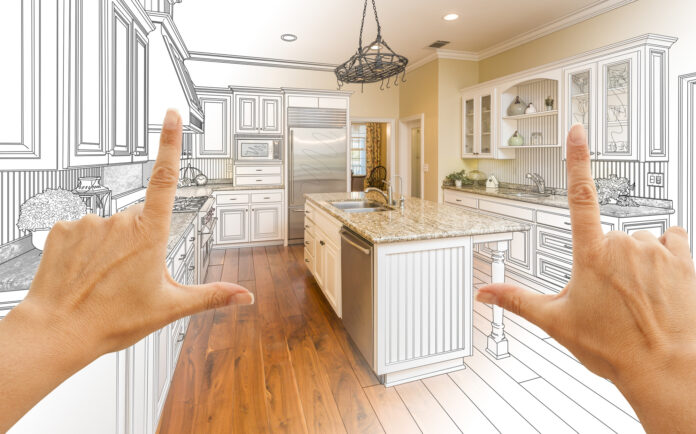
Home remodeling projects can be exciting, but they can also quickly become overwhelming and expensive. That’s why smart budgeting is crucial when it comes to home renovations. By carefully planning and managing your expenses, you can make every penny count and achieve your remodeling goals without breaking the bank. In this blog post, we will explore some valuable strategies that will help you budget effectively for your home remodeling project. From assessing your needs to tracking your expenses, these insights will empower you to make informed decisions and achieve the best results within your financial constraints.
Assessing your needs: Evaluating remodeling priorities and goals
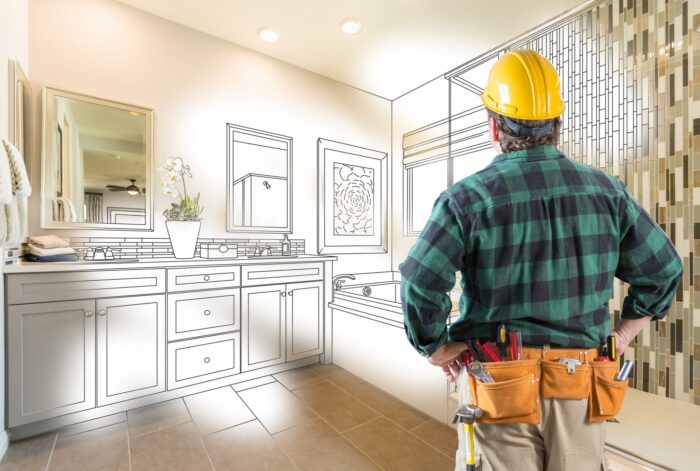
Before diving into a home remodeling project, especially in a bustling city like Houston, it’s important to assess your needs and define your priorities and goals. Take the time to consider which areas of your home require the most attention and what changes would bring the most value and satisfaction in the context of home remodeling in Houston. By focusing on essential renovations that cater to the unique demands of the local market, you can ensure that your budget is allocated wisely and that you address the most critical aspects of your home first.
Researching costs: Gathering information on material and labor expenses
Thorough research is key to understanding the costs involved in home remodeling. Take the time to gather information on material and labor expenses specific to your project. Compare prices from different suppliers and contractors to get a sense of the average costs in your area. Online resources, such as home improvement websites and forums, can provide valuable insights from homeowners who have undergone similar remodeling projects. This research will give you a realistic idea of the expenses you can expect and enable you to plan your budget accordingly.
Setting a realistic budget: Determining an affordable spending limit
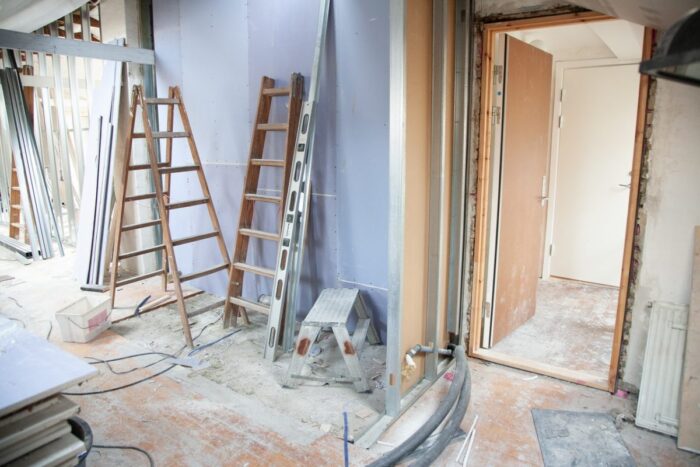
Once you have a good understanding of the costs involved, it’s time to set a realistic budget. Consider your financial situation and determine an affordable spending limit for your project. Be sure to account for unexpected expenses and leave some room for contingencies. It’s better to be conservative with your budgeting and have some financial cushion than to be caught off guard by unforeseen costs. By setting a clear spending limit, you can proceed with confidence, knowing that you have a realistic plan in place.
Prioritizing essential renovations: Identifying must-have upgrades within budget
When working with a limited budget, it’s essential to prioritize your renovations. Identify the must-have upgrades that align with your goals and fit within your budget. Consider the long-term impact and value of each renovation to ensure that you make the most of your available funds. This process may involve making tough decisions and sacrificing certain ideas or projects, but it will ultimately help you focus on what truly matters and avoid overspending on less critical aspects of your home remodeling.
DIY vs. professional services: Weighing cost savings and quality trade-offs
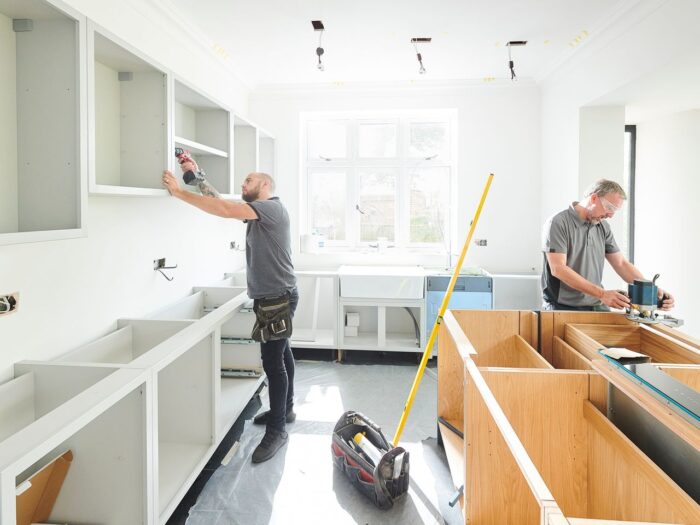
One important consideration when budgeting for home remodeling is whether to take a do-it-yourself (DIY) approach or hire professional services. While DIY projects can save money on labor costs, they require a significant investment of time, skill, and effort. On the other hand, professional services can provide expertise and ensure high-quality results but often come with a higher price tag. Consider the complexity of the project, your capabilities, and the potential trade-offs between cost savings and quality. Finding the right balance between DIY and professional services will help you optimize your budget and achieve satisfactory outcomes.
Obtaining multiple quotes: Comparing prices from different contractors or suppliers
When hiring contractors or purchasing materials, it’s important to obtain multiple quotes to compare prices. Reach out to different contractors or suppliers and request detailed estimates for your project. This will give you an idea of the average costs and help you identify any outliers. Keep in mind that the lowest price may not always guarantee the best quality, so consider the reputation, experience, and references of the contractors or suppliers as well. By gathering multiple quotes, you can make an informed decision and potentially negotiate better deals, ensuring that you get the best value for your money.
Saving on materials: Exploring discounts, sales, and alternative options
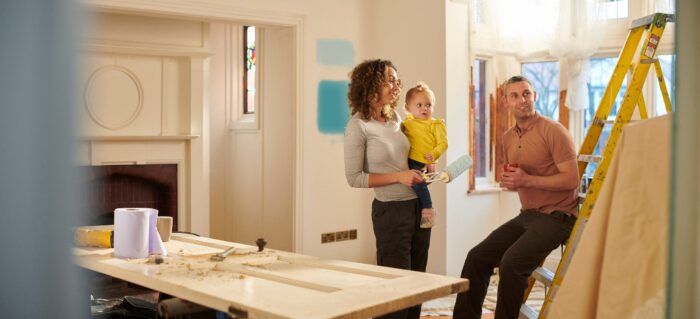
Materials can often be a significant portion of the overall remodeling expenses. To make the most of your budget, explore various avenues for saving on materials. Keep an eye out for discounts and sales at local home improvement stores or online retailers. Consider alternative options such as reclaimed materials or less expensive alternatives that offer a similar aesthetic or functionality. Additionally, buying materials in bulk can often lead to cost savings.
Repurposing existing items: Maximizing value by reusing or refurbishing
Before completely replacing items in your home, consider repurposing or refurbishing existing ones. Sometimes a fresh coat of paint, reupholstering, or refinishing can breathe new life into furniture or fixtures. By repurposing or refurbishing existing items, you not only save money on purchasing new ones but also add a unique touch to your home. Get creative and think outside the box to find innovative ways to maximize the value of what you already have. This approach not only helps stretch your budget but also promotes sustainability by reducing waste.
Phased remodeling approach: Breaking the project into manageable stages
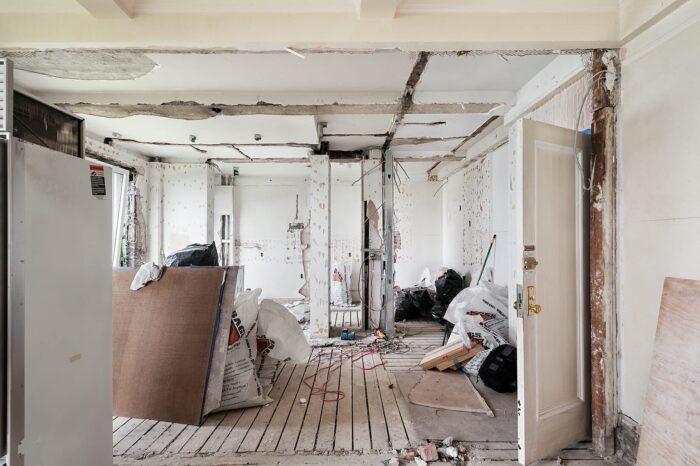
If your budget is tight, consider taking a phased remodeling approach. Instead of tackling the entire project at once, break it down into manageable stages. Prioritize the most critical renovations for the initial phase and plan the remaining phases for the future as your budget allows. This approach allows you to make progress on your remodeling goals while avoiding financial strain. It also gives you the flexibility to adjust your plans based on your changing needs and circumstances. Taking a phased approach ensures that you can still make significant improvements to your home within your budgetary constraints.
Monitoring expenses: Tracking spending and adjusting the budget as needed
Throughout your home remodeling project, it’s crucial to monitor your expenses and track your spending. Keep detailed records of all costs, including materials, labor, permits, and any unexpected expenses that arise. Regularly review your budget and compare it to the actual expenses to ensure that you’re staying on track. If necessary, be prepared to make adjustments to your budget and prioritize certain expenses over others.
Conclusion

Smart budgeting is the key to successful home remodeling without unnecessary financial strain. By assessing your needs, researching costs, setting a realistic budget, and prioritizing essential renovations, you can make informed decisions and maximize the value of your investment. Whether you choose to take a DIY approach or hire professional services, obtaining multiple quotes and exploring cost-saving options for materials will help optimize your budget. Additionally, repurposing existing items and taking a phased remodeling approach provides opportunities to save money while still achieving your goals.








